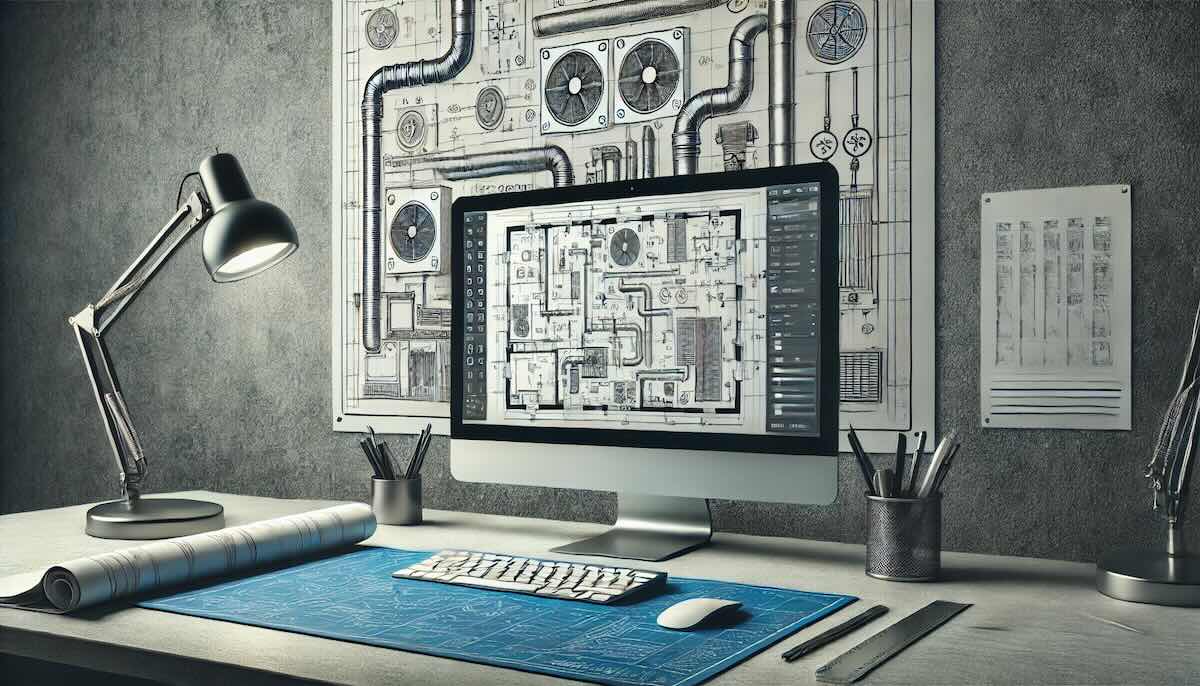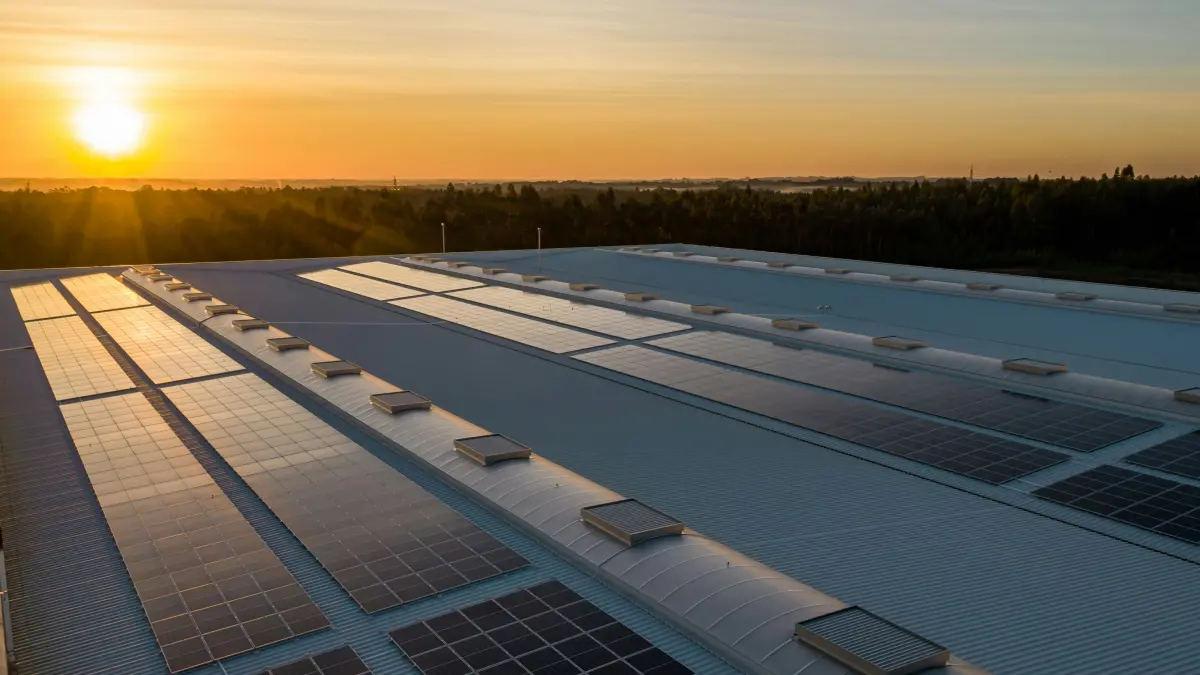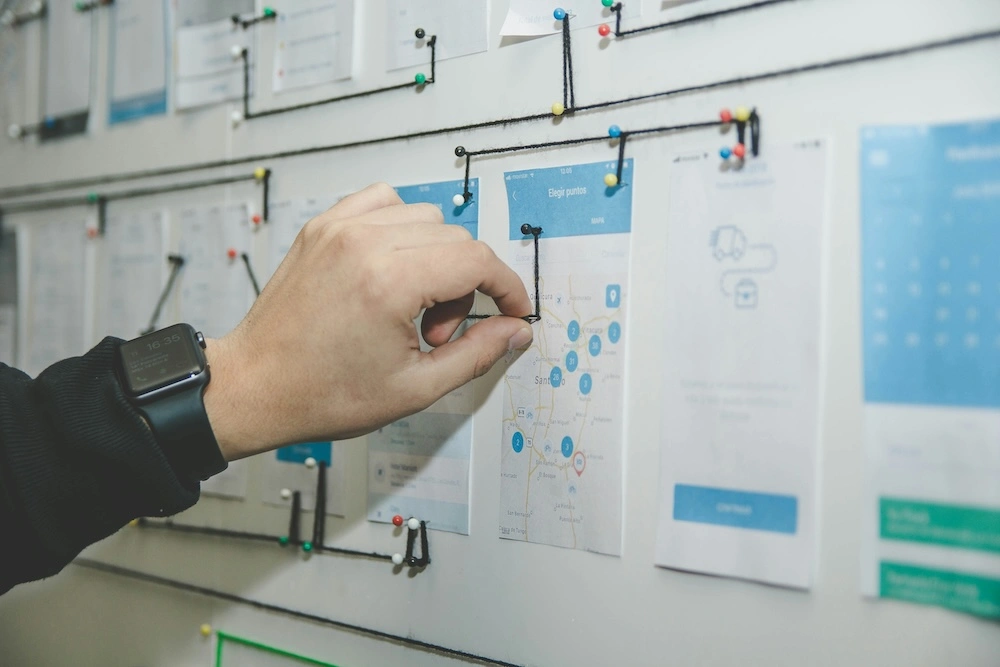Keeping track of all technical components, building parts and fixtures requires a well-organized and easily accessible component register. Yet many organizations lack a digital tool and rely instead on inefficient, manual management that poses several challenges in real estate work.
The information in the component register is central to property management. At the same time, it can be difficult to ensure that all changes are documented correctly and in a timely manner. This includes both the installation of new components and the maintenance or replacement of old ones. Manual, often person-dependent procedures are a common reason why the component register does not always match reality. In some cases, unclear boundaries between property managers, tenants, operating staff, caretakers and maintenance contractors can also create confusion about who is responsible for recording and updating component information.
Coordination and control require access to the right information at the right time
Having an efficient and quality-assured management and documentation of the components present in the building is crucial to fulfilling this responsibility.
The property owner has overall responsibility for the property. This responsibility includes ensuring that all systems function properly, are safe and comply with laws and regulations. Monitoring and maintaining the components and reporting any faults or the need for major repairs is the responsibility of the building operations department, while the maintenance department is often responsible for planned maintenance.
Examples of some key components are:
- Electrical installations – substations, switchgear, lighting and backup power, such as diesel generators
- Ventilation systems (HVAC) – fans, units, filters and ductwork
- Heating and cooling systems – boilers, heat pumps, district heat exchangers and chillers
- Piping systems – water supply, sewage systems and process pipes for production
- Fire protection systems – sprinkler systems, fire doors and fire alarms
- Production-specific facilities – machines, production control systems, conveyor belts, etc.
Ensuring that information on all components is accurate and available to all involved is a complex and time-consuming task. With manual processes, Excel lists and different routines for different people, it can be difficult to quickly access the right information to plan and carry out their work. It is also often time-consuming to maintain good control and an overall picture to ensure sustainable and cost-effective management.
Particularly high demands on component handling in the manufacturing industry
Industrial buildings contain a large number of technical components, such as ventilation, electrical installations, piping systems and specific facilities directly linked to production. Without properly updated information on the status or maintenance needs of these components, acute failures can lead to costly downtime or serious safety incidents.
Ett tillförlitligt och korrekt komponentregister är därför särskilt viktigt inom tillverkningsindustrin. Det bidrar också till bättre framförhållning, kontroll och samordning med planerat underhåll samt tillsyn och skötsel. För centrala komponenter med koppling till exempelvis brandskydd , värme, kyla eller vatten kan också risker för oförutsedda skador på byggnader och inventarier minimeras.
Another important part of component management is to ensure efficient and sustainable management over time. A building management system that allows you to follow the entire lifecycle of individual components, from installation to replacement, provides better transparency, a long-term perspective and makes it easier to anticipate future needs.
Digital component register a pillar of the property management system
With a digital component register in your property management system, you have quick access to up-to-date information on the status, lifespan and maintenance history of components. The direct link to the maintenance plan in the building management system also contributes to a more efficient use of resources and better financial planning.
For those organizations that still work in silos and use several different systems for technical management, finance, and operations and maintenance, there are great advantages in coordinating financial and technical management in a single digital solution – with the component register as a central pillar of the property management system.
A lot of companies discover the benefits of digitalizing their components as an integrated part of their FM system. What to know more about it could be done? Book a demo with us.



